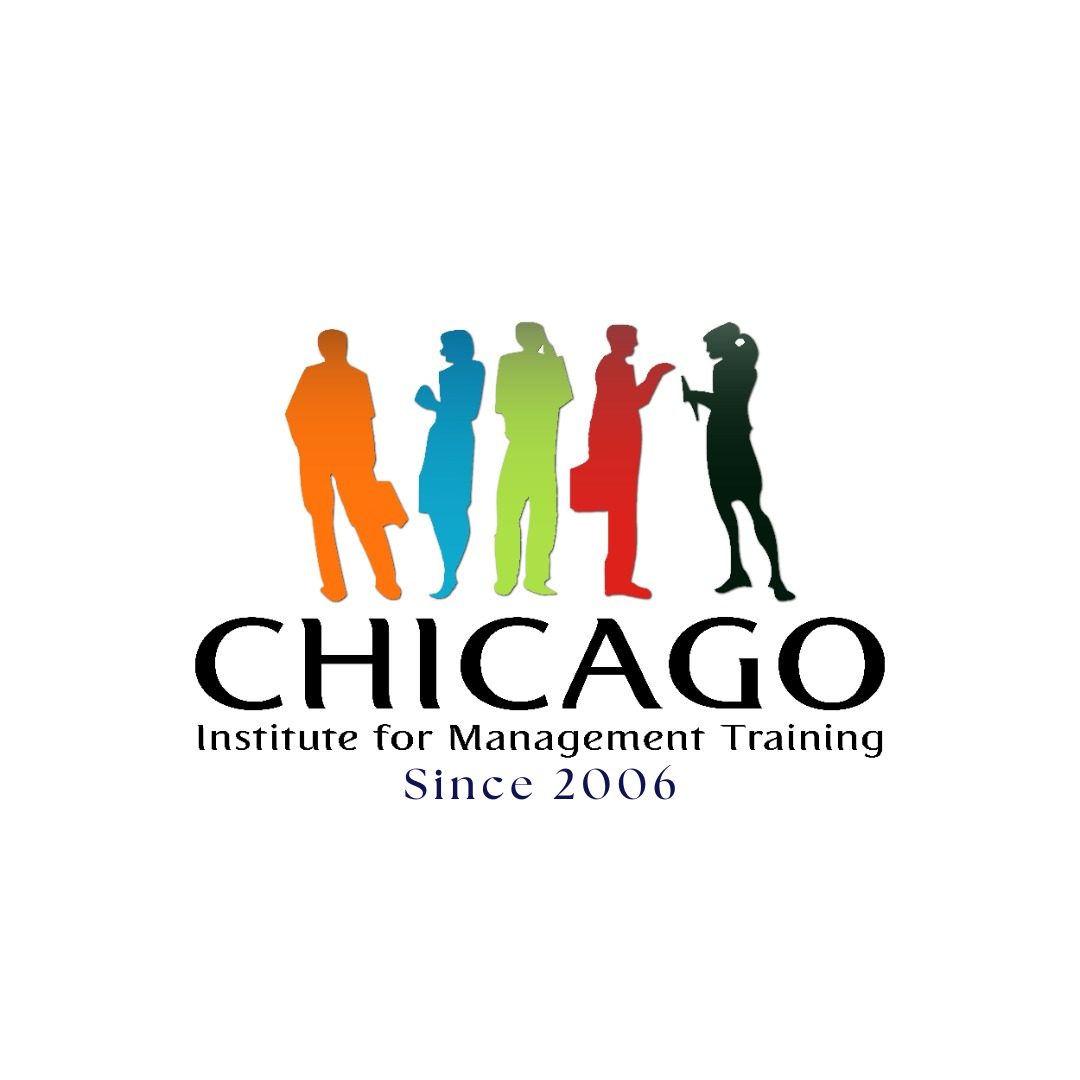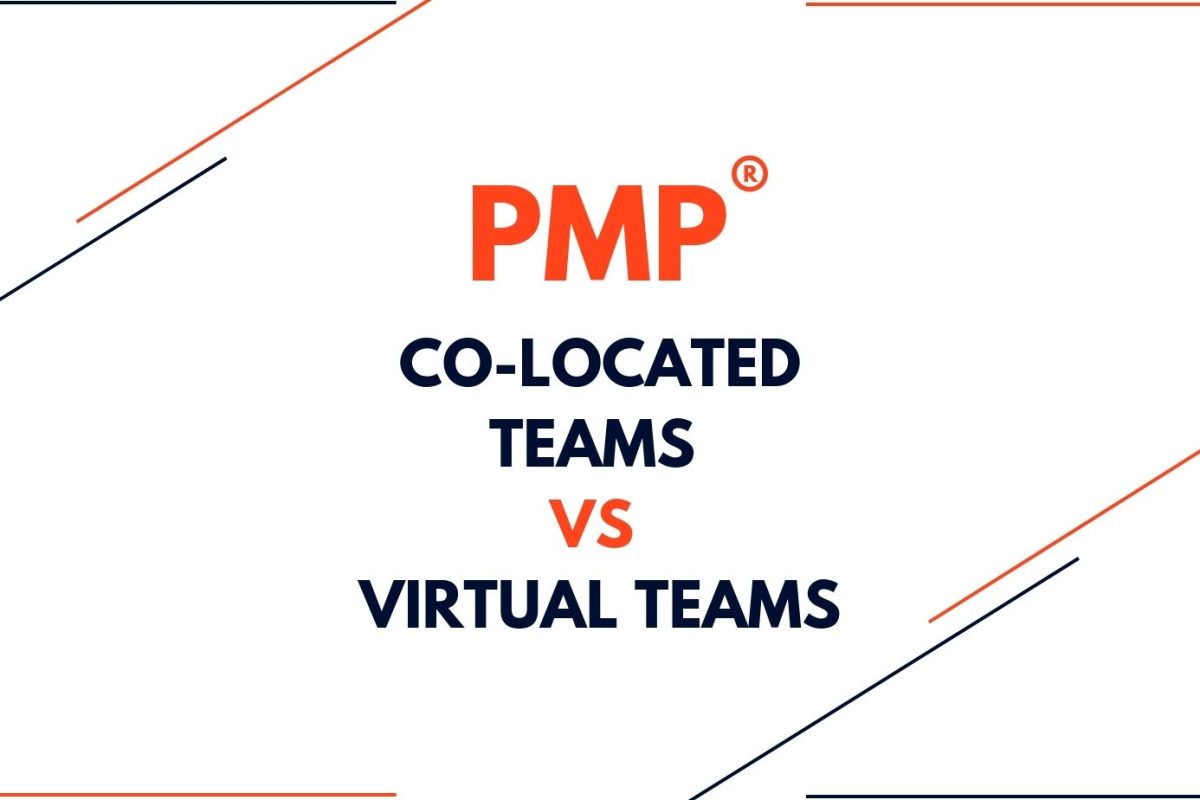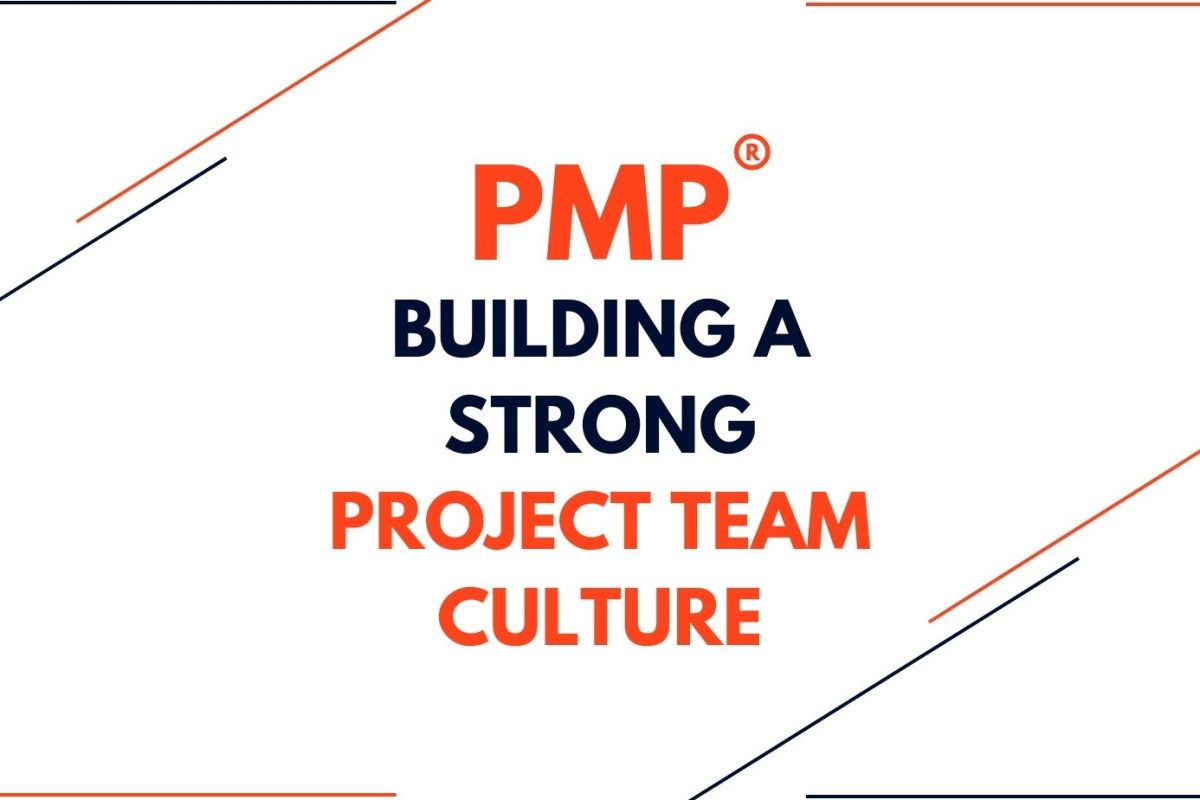In contemporary workplaces, team structures vary widely, with Co-Located and Virtual Teams emerging as prominent models. This brief overview delves into the contrasting nature of these teams, shedding light on their communication styles, organizational structures, and implications for modern collaboration. Understanding these distinctions is pivotal for leaders seeking to optimize team effectiveness in today’s dynamic work environments.
Co-Located Teams
Co-located teams flourish on physical proximity, ideally working within the same geographical location or even the same room. This setup fosters seamless information flow, enabling quick decision-making and collaboration.

In the agile realm, Alistair Cockburn introduced the concept of osmotic communication, a style where information permeates the team’s environment, allowing members to absorb it naturally. This occurs when team members are physically present in the same space, facilitating the overhearing of conversations and the seamless flow of information.
Osmotic communication offers a plethora of benefits:
- Knowledge Sharing: It enables the effortless exchange of insights and expertise among team members, enriching collective understanding.
- Improved Work Environment: By fostering a collaborative atmosphere, osmotic communication enhances morale and cohesion within the team.
- Increased Work Efficiency: Relevant information readily available in the background facilitates quicker decision-making and task completion.
- Enhanced Responsiveness: Teams stay agile and responsive to changes, as everyone is informed and aligned with project developments.
Maximizing osmotic communication requires bringing the project team together under a single umbrella to collaborate face-to-face. This fosters spontaneous exchanges and fruitful discussions, enabling collective problem-solving and decision-making.
An osmotic meeting exemplifies this communication style, where all team members are physically present and engaged in discussions. Even passive participants absorb information subconsciously, contributing to the collective knowledge of the team.
In a co-located environment, osmotic communication thrives, as team members share physical proximity, making it easier to overhear conversations and stay informed.
Face-to-face communication serves as a cornerstone for effective team dynamics. It allows individuals to interact while observing nonverbal cues and expressions, facilitating nuanced understanding and rapport building.
Advantages of face-to-face communication include:
- Enhanced Rapport: Personal interactions foster stronger connections and build camaraderie, trust, and credibility within the team.
- Transparent Communication: Observing body language enhances transparency, increasing credibility as team members can gauge sincerity.
- Improved Understanding: Nonverbal cues contribute significantly to understanding, ensuring clarity and reducing misunderstandings.
However, face-to-face communication has its limitations:
- Challenges with Large Groups: Engaging a large audience can be challenging, and busy schedules may hinder organizing face-to-face meetings.
Despite these drawbacks, face-to-face communication remains invaluable, particularly in comparison to email or other written forms of communication. Seeing and interacting with one another fosters deeper connections and facilitates effective team collaboration and communication, especially in a co-located environment.
Virtual Teams
Contrastingly, virtual teams transcend geographical boundaries, bringing together individuals from diverse locations united by a common project goal. Technology serves as the primary conduit for communication and collaboration in these dispersed teams.

Virtual Teams vs. Traditional Teams
In today’s dynamic business landscape, organizations are increasingly embracing virtual teams to leverage global talent pools and enhance agility. While both traditional and virtual teams undergo similar stages of development, the latter faces unique challenges stemming from geographical dispersion and reliance on electronic communication.
Key Differences Between Traditional and Virtual Teams
| Aspect | Co-Located Teams | Virtual Teams |
| Physical Proximity | Work in the same geographical location, often in the same building or room | Geographically dispersed, members may be in different cities, countries, or time zones |
| Communication | Face-to-face interactions are common and immediate | Relies on electronic communication tools such as email, video conferencing, and messaging apps |
| Collaboration | Easy access facilitates quick decision-making and spontaneous discussions | Requires intentional effort to coordinate across distances and time zones, potentially leading to delays |
| Team Member Selection | Focus on functional skills and immediate collaboration | Emphasizes adaptability, cross-cultural communication, and remote collaboration skills |
| Organization Structure | Hierarchical structures may be more prevalent | Often adopts flatter structures to encourage autonomy and innovation |
| Leadership Style | May involve more direct supervision and oversight | Often employs a coaching-oriented approach with greater delegation and autonomy |
| Knowledge Exchange | Informal information exchange is common during face-to-face interactions | Relies on formal updates, shared databases, and scheduled meetings for information sharing |
| Relationship Building | Social bonding facilitated by regular face-to-face interactions | Task-focused interactions with limited opportunities for social bonding |
| Psychological Contract | Stronger foundation due to frequent face-to-face interactions | Requires proactive measures to build trust and address communication barriers |
Effective Communication in Virtual and Co-Located Teams
Managing virtual teams requires deliberate efforts to overcome distance-related communication barriers. Techniques such as regular one-on-one meetings, video calls, and clear responsiveness rules help mitigate feelings of isolation and ensure effective collaboration.
Conclusion
While managing co-located teams presents its own set of challenges, navigating the complexities of virtual team dynamics demands strategic adaptation and proactive communication strategies. By understanding the unique dynamics of each team structure and implementing tailored management approaches, organizations can harness the full potential of both co-located and virtual teams to drive success in today’s interconnected world.




